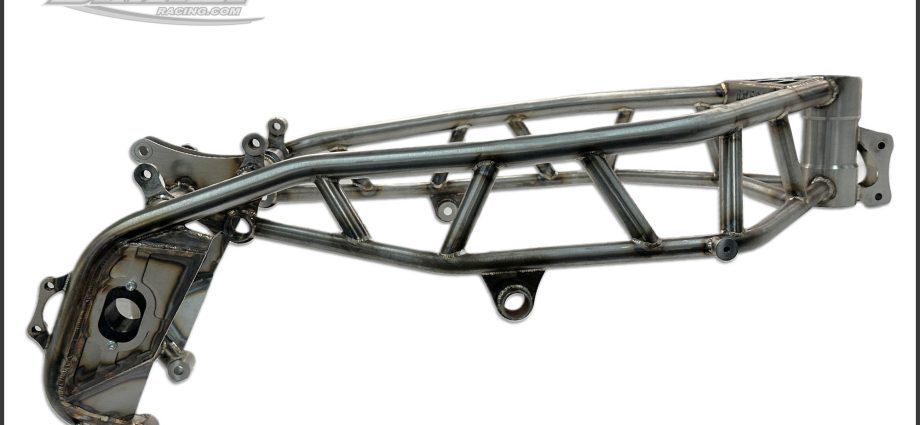You pick it up to carry it up a flight of stairs. You lean it into a sharp corner. You feel every bump and vibration through the handlebars. A scooter isn’t just a machine you ride; it’s an extension of your movement. And honestly, its entire personality—from zippy agility to frustrating heft—is dictated by one thing: what it’s made of.
The evolution from clunky, steel-framed scooters to the sleek, featherweight models of today is a materials science revolution. It’s a shift that has fundamentally reshaped not just how scooters perform, but how we interact with them in our daily lives. Let’s dive into how shedding pounds has added so much value.
From Workhorse to Featherweight: A Material Shift
Not long ago, scooters were simple, rugged, and heavy. Steel was the king. It was strong, cheap, and durable. But it came with a major trade-off: weight. Carrying a steel scooter was a chore. Its performance was, well, grounded.
The game changed with the introduction of aluminum alloys. This was the first big leap. Suddenly, frames became significantly lighter without sacrificing much strength. It was like swapping a cast-iron skillet for a non-stick fry pan—you get the same job done with half the effort. Then came more advanced players:
- Aluminum Alloys (Series 6xxx & 7xxx): The workhorse of modern scooters. It offers a fantastic strength-to-weight ratio and is relatively cost-effective to manufacture. It’s the sweet spot for most commuter and performance models.
- Carbon Fiber: The superstar. This is where things get serious. Carbon fiber is incredibly strong and stupidly light. It’s also expensive and more brittle upon impact. You’ll find it in high-end, performance-focused scooters where every gram counts.
- Magnesium Alloys: A fascinating contender. Magnesium is even lighter than aluminum and has excellent vibration-dampening properties. The catch? It’s more prone to corrosion and can be trickier to work with. It’s often used in high-end decks and components.
- Advanced Composites: These are the lab-coat materials, blending fibers and resins to create structures that are engineered for specific stresses and flex patterns.
Performance Unleashed: It’s Not Just About Weight
Sure, a lighter scooter is easier to carry. But the performance benefits run much, much deeper. It’s a cascade of improvements.
Agility and Acceleration
Think of a gymnast versus a powerlifter. The gymnast, with their lean muscle, can change direction in a heartbeat. A lightweight scooter does the same. There’s less mass for the motor to push, so acceleration is snappier. It feels more responsive, more alive. Flicking through a crowded sidewalk or making a quick maneuver feels instinctive, not forced.
Range and Efficiency
This is a big one, especially for electric scooters. Every ounce of weight the motor doesn’t have to move translates directly into energy saved. A lighter scooter can squeeze more miles out of the same battery. It’s that simple. For commuters, this is the difference between confidently making the round trip and suffering range anxiety.
Ride Quality and Control
Here’s a nuance a lot of people miss: it’s not just the weight, but the stiffness of the material. Advanced materials like carbon fiber can be engineered to have a specific flex pattern. This means a deck can be both rigid for power transfer and have just enough compliance to absorb minor road vibrations. The result? Less fatigue for you and more tire contact with the road for better control.
The Design Revolution: Form Follows Lightness
You can’t talk about materials without talking about design. They’re two sides of the same coin. Lightweight materials have set designers free.
Sleeker Profiles and Folding Mechanisms
Steel frames had to be thick and bulky to be strong. Aluminum and carbon fiber, with their higher strength, can be formed into much thinner, more elegant tubes and shapes. This has led to the sleek, minimalist aesthetic that defines modern scooters.
And then there’s the fold. The entire concept of a portable, last-mile vehicle hinges on a reliable, lightweight folding mechanism. Heavy materials put immense stress on these joints. Lighter frames allow for more elegant, secure, and simpler folding systems that you can trust with your fingers.
Integrated Components and Aesthetics
With less real estate needed for structural support, designers can get creative. Batteries and wiring can be better integrated for a cleaner look. The deck can be designed with functional textures or even cutouts to shave off more weight. The scooter becomes a cohesive piece of industrial art, not just a collection of parts bolted together.
The Trade-Offs: It’s Not All Smooth Riding
Of course, there’s no free lunch. The pursuit of lightness comes with its own set of challenges.
Cost is the most obvious one. Carbon fiber is expensive. The processes to heat-treat and form advanced aluminum alloys aren’t cheap. You get what you pay for, and a super-light scooter often commands a super-light wallet.
Durability can be a concern. While these materials are strong, they fail differently than steel. Steel might bend on a big impact; carbon fiber can crack. Aluminum can fatigue over time in a way that steel doesn’t. It’s a different kind of resilience.
And then there’s the feel. Some riders, you know, actually prefer a bit of heft. They feel a heavier scooter is more stable at high speeds or just feels more substantial and premium. It’s a subjective thing, but it’s real.
The Future is Light and Smart
So, where do we go from here? The trend is clear: the hunt for the perfect gram will continue. We’re already seeing experimentation with hybrid frames, 3D-printed titanium components, and even lighter, more sustainable bio-composites.
The next frontier is “smart” materials. Imagine a scooter frame that could change its stiffness based on your riding mode—compliant for a comfortable cruise, rigid for a sporty sprint. Or a material that could self-heal minor scratches and cracks. It sounds like science fiction, but it’s on the horizon.
The impact of lightweight materials is profound. It has transformed the scooter from a niche toy into a legitimate, efficient, and desirable piece of urban mobility. It’s a reminder that sometimes, the best way to move forward is to simply lighten the load.











